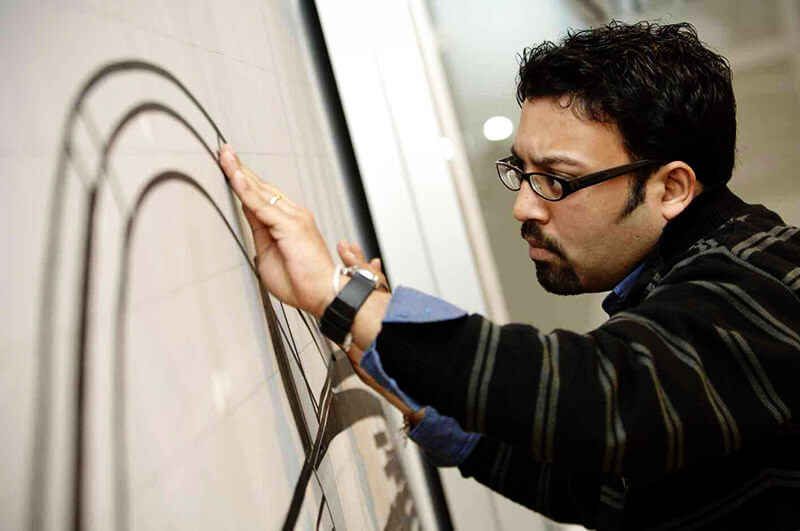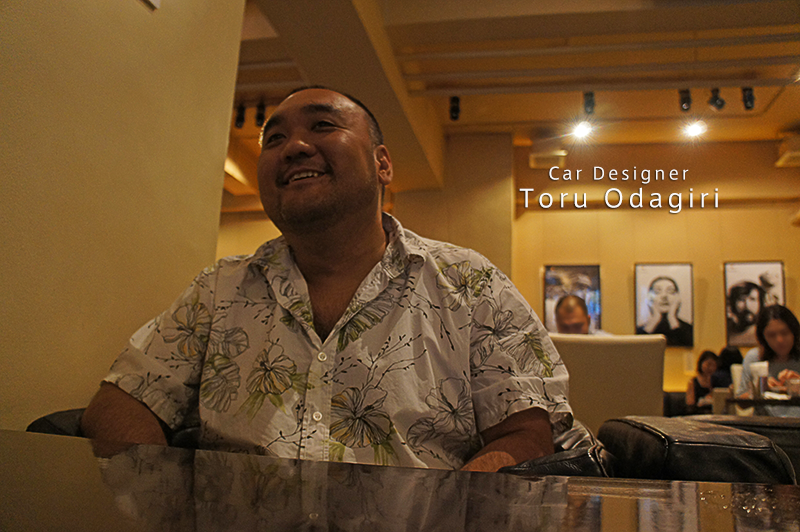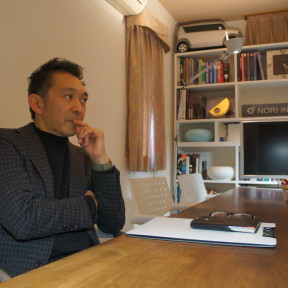A Car Designer’s Evolution – Mr. Dutta Pratim from India
We have interviewed Mr. Dutta Pratim. He is currently working in the Dassault Systems, Japan, as a Senior Sales Representative. He is from India, and lived in Japan for aggregate of 10 years. He was originally a car designer for Maruti Suzuki (a largest passenger car company in India), and then headhunted by Tata ELXSI (The design consultancy arm of Tata Group.)
At Tata, Dutta-san was a consultant of the Nano project team. Nano made Tata famous for its aggressive pricing to available for middle class people to own a car in India.
Designers have to sell their designs. If you cannot sell a design, it may be difficult to get your design in realty.
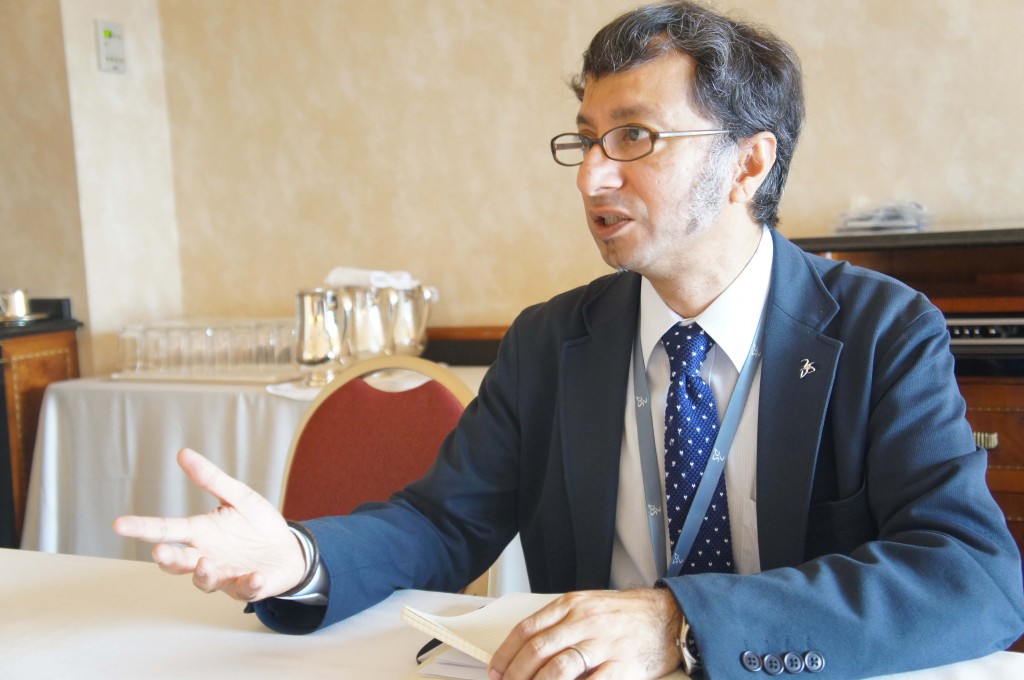
Here is his rough career history
He was born and raised in India. After graduating college in 1989, majored in Mathematics, and then in polymer technology, he joined a polymer engineering company . Three years later he decided to learn designs, and quit the engineering company and joined National Institute of Design (NID) in Ahmedabad, India. He studied 3 years there and graduated, and joined Maruti-Suzuki. In Maruti-Suzuki, he was assigned to Japan and later returned India and set up Suzuki Design Studio.
In 2003 he decided to join Tata ELXSI, when Tata expanded its car line-up for small passenger cars, called Nano. Tata valued his experience in developing Alto at Maruti-Suzuki. When the project of Nano completed, he was assigned to Japan to expand design business of Tata ELXSI in 2004. Ten years later he was headhunted to the world largest 3-D digital software makers of Dassault Systems and now he is handling various Japanese customers helping them to shape their digital design strategy.
Dutta san, please tell us why did you want to be a car designer?
As a matter of fact, I wanted to be a fighter plane pilot. But I was not strong enough physically, and I lost in the endurance test (I guess), so I gave up my dream. And I don’t regret about it today.
I did not know there was any profession called “Car Designer”. I majored mathematic in college. Although I liked drawing cars or airplanes and used to draw lots of them when I was in school, I never thought of becoming designer until I started a job at polymer engineering company. When I was working there, people came to me and asked, “Can you design this?” That’s made me interested to study more about Industrial Design. That’s how I wanted to learn design.
Tell us what you learnt at design school, National Institute of Design.
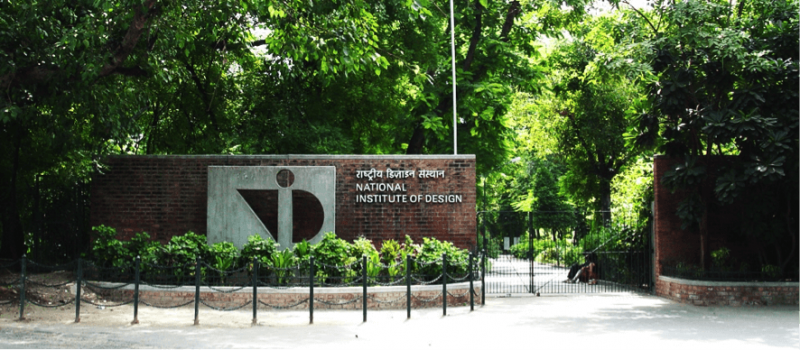
I found out so-called professional designer existed in that polymer engineering company. And I wanted to become a designer as well. I saved money for three years while I was working there, and joined National Institute of Design. In those days, unlike now, there were only two art schools in India. The other school was IDC at Indian Institute of Technology. I came to know about NID from newspaper advertisement, but I have not heard of IDC till then. So I had only one choice and it was NID. Also, Ahmedabad was rich in culture. NID targeted to seek “What is Indian-ness?” In Ahmedabad, the home town of Sarabhai Family. Dr. Vikram Sarabhai who founded the only space research and development facility in India (which is known as ISRO (Indian Space Research Organization) today. There was ISRO Satellite Center, The city is a good mix of old India and new India. After joining NID I found to my surprise that there was no final or mid-term exam at NID. It was a pleasant surprise because I never liked exams! (lol)


(From the web site of Sarabhai Space Center.)
I stayed in NID for 3 years, and there I got interested in car design, first time I knew that the car designing profession existed. What I liked about NID was, there was no exam. Our presentations were examined by a jury panel, which was a very good experience for me. Unknown people, faculty members or any students watched our presentation were able to make critiques. Only graduation jury was closed and all other jury was open. I was instructed by my teacher “To be Open, and never reject any ideas in the beginning.”
I must tell you that College is where students can get hungry to learn (even though you learn all throughout your life). When you are in school, do practice more for analog sketches. Now I am working in Dassault Systems, which is the world largest 3-D digital software developing company, so it may sound funny if I emphasize you about the importance of analog skills. But, once you got start working, no time to learn/practice analog skills (if you miss the bus).
In another word, having good digital skill does not necessarily give you good analog skills. On the other hand, good analog skill will help you pick up good digital skill much faster. And you should only learn analog skills when you are in school, or at an early learning stage.
The first 6 months in NID was learning basic skills like sketching, model making, graphic principle, etc. First one month was just practice drawing lines, circles, ellipses, cylinders, squares, free hand sketching, and so on. When I was admitted to NID, I did not have any design skills in terms of product design. At that time I was not sure why I was selected. Unlike lots of other candidates who came for the entrance exam, I even did not have a portfolio. The entrance exam was a new thing to me. I was asked to make a candle stand with a small piece of aluminum ware. The skill was not a major factor. They wanted to see how I think, how to behave, how open I am. Designers are required two things in NID, one is skill and the other is mentality for open to learn. One of the jury told me that I had to be more open to others. NID philosophy was to make students open, hungry to learn, and good to observe so that students can perceive things better.
At NID, unless you cannot find a sponsor by yourself, you cannot graduate. So the 6 months before school curriculum finish, you have to go out of the school and find some company to sponsor you. That was a tough requirement. I designed a tractor for agricultural machinery company. That was my diploma project, and luckily that company sponsored me for financing the graduate project.
Tell us about your job at Maruti Suzuki
About one year after graduating NID, I joined Maruti and later transferred to Japan in 1999, and stayed Japan for two years. Then I returned India to set up Suzuki Design Studio, that was Suzuki’s first overseas design studio in Asia. In the beginning when I joined Maruti, there was no design studio. Not many industry and for that matter people in India knew well what design was about. They did not need to design, as everything was coming from Suzuki, and Maruti was just assembling cars. So, when I joined Maruti, nothing to do. I used to draw car sketches. But nothing happened. We did not have design studio there. Other people thought of me what this guy is doing, I was just sketching (lol). That was those days in Maruti Suzuki in 1997.
Today lots of people in India do not feel that Maruti Suzuki is a Japanese company. No one call it Maruti Suzuki, everyone call it Maruti. In India, they see car companies like, GM, Ford, Honda, VW, or BMW as a foreign car maker. Unlike that, Maruti Suzuki is very much like Indian company. So, when they buy from Maruti, there is no feeling as if they are buying a car from foreign company.
How did you find the culture of Maruti?
It was an assembling company. For me it was a very rigid company in those days. I could not design cars which can be immediately produced, because there were no other support facilities.
I used to call line workers or technical support people once a month. I also talked to the management. Management had also a program to ask people and speak to other group from the other department. So, they asked me why don’t you talk about design to get sensitize about design. People really appreciated to know what happened and what the company was doing. They used to think that the company was just assembling. Most of the people did not know someone had to design a car, as we did not have studio or anything. If I might be able to go to Japan, maybe I could have done things easier. If you want to do something in India, ascended from Suzuki to Maruti Suzuki. So Indian management will take it more seriously. That is how I came to Japan. Also Suzuki India sent people every year to Suzuki Japan for training (they still do it till date, I believe).
They asked me to go to Suzuki. It was the company program. It was clever to do training in Japan rather done in India. I wanted to do designs in India, because in Japan there were so many designers. Everyone was designing and I was one of them. So, there was no major challenge. I requested that I wanted to start design studio in India. Luckily it was a plan for Suzuki also to do the same, so my proposal was accepted. I came back to India, we bought works station, set up studio area, machines, 4 Axis Milling machine, etc. After I returned, I was almost alone to do design at Maruti. I was doing minor change for Suzuki Alto. I could not change the whole base of Alto, because it would have been too expensive to do that at the available budget. I designed Hood, Fender, Interior, and Rear Door without changing the side body to keep cost down. I had to do designing, clay modeling, prototype coordination and lots of other things. All single handed, alone. (There was of course help from other but none of them were designers or modelers). When the running prototype was done after the die was made, definitely I felt well. But Maruti design department did not go well beyond at that time. Somehow I wanted to do more. So I decided to move and go ahead, instead of wait and see.
Alto was called Zen in India. They launched new Zen which was my first design. Everyone said, “do not do this, no, no, you cannot do this, do that.” Because, for example, changing the bumper, air flow got affected, so they got to test Air Flow, and so on. It was a compromise between design, engineering and performance. Then you see things were not happening so much because of compromise. Well, that is an unavoidable thing when you are not fully prepared for change. At that time I definitely wanted to take it further. That was why I moved to Tata. I joined Tata Elxsi which was a consulting company of Tata group. They sent me to join Tata Nano project.
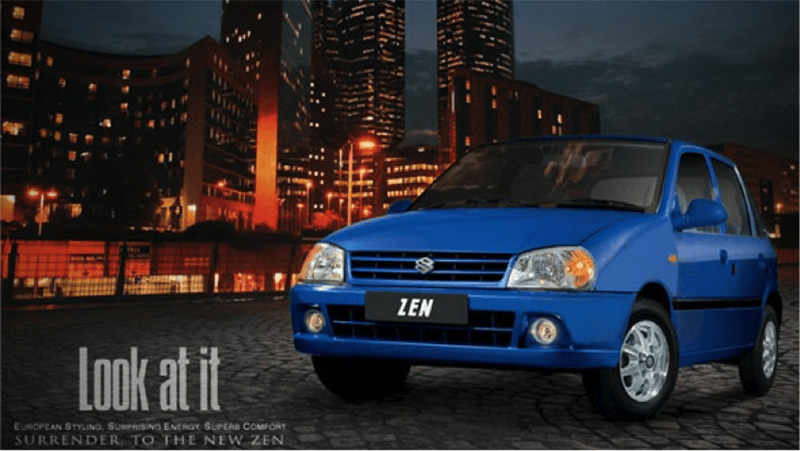
Zen: The Maruti Zen is a 5-door hatchback produced and sold in India by Suzuki’s Indian subsidiary Maruti Suzuki. It has acquired significant popularity in India since the nameplate was first introduced in 1993. The word “ZEN” is an acronym standing for Zero Engine Noise. It also stands for the Japanese word “Zen” which means ‘Complete’. It underwent a facelift in 2003. The production of this model ended in March 2006 (from WIKI)
Tell us about your days at Tata
I left Maruti Suzuki and joined Tata in 2003. Tata was good at commercial vehicle or trucks, and still is. They did not have much experience in passenger cars. Chairman of Tata wanted to make a car for masses. He used to see many people were on motorcycles, and lot of accidents occurred. He wanted to give them a protection who were mainly on motorcycles. In India a motorcycle was a need to commute faster, and those people were not able to afford to buy a car. Besides public transportation in India except a few major cities have not been good. So, people were on motorcycles. Some places are very hot and /or cold in India, northern part is close to Himalaya Mountains, there is desert, and there is sea at south, which is humid and hot. You may hear the latest heat wave killed many people in Delhi. It is tough to drive motorcycles when the weather is harsh. That is why the president of Tata wanted to give them a small affordable passenger cars at very economical price.

(From the web site of carwale.)
When I joined Tata ELXSI, they needed many people who had worked for small cars, and I worked for Maruti Suzuki, which was a market leader in India for small cars. This was a good fit for their requirement. I worked with the chief designer of the project during the execution phase of designing Nano. He was very close to Tata, working in the independent company, IDEA Institute, I was working together with him.
Tata was one of the very few companies which started focusing on design early. Today many companies understand and have a design department. But at that time only a few company has own internal design department, however, it was not same in those days. Maruti started, but Tata had started much earlier. Tata was a very production oriented company even though they noticed the importance of design. In those days they understood the importance of design and they had internal design department, but gave orders to design outside of the region, outside of Tata, say IDEA Institute. For design culture wise, Tata is the only company who has the maximum output of own design capability. I think it is a top level among Indian companies.
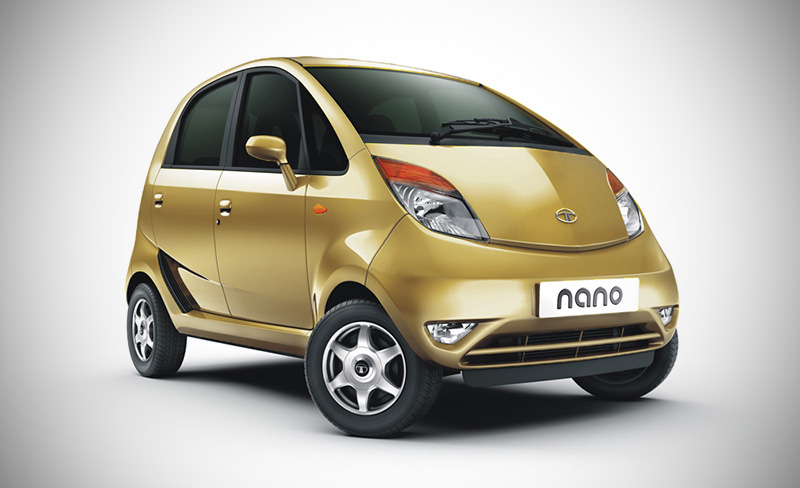
Tata is a big company. Since it is so big, so it takes good amount of time to get people outside design department make sensitive to design. Having said that Tata is far ahead of other Indian auto companies in terms of design, I think. Mahindra-Mahindra, third largest car maker in India, put stresses on design definitely, and they are doing well. But if you see Mahindra’s design, I still don’t think it can match to Tata. Ashok Leyland, Nissan Renault alliance, are also putting lots of importance on design in India. I believe it’s a matter of time when you will start seeing Indian designed cars in international market. We still don’t have a very long history of car design. 10-15 years is nothing in terms of building design culture. For that matter, Tata has been ahead of the curve.
I came back to Japan after completing Nano project. Because I used to work in design consulting company, Tata Elxsi had an office here in Japan. My job was giving consultancy to Japanese company. A lot of Japanese companies started production in India. After Lehman crisis, foreign companies started manufacturing cars (not only cars but others like electric appliance) to target emerging market like India, looking as promising market. But they didn’t know what the market wanted. Some times for products (like consumer electronics) production was done in China and design done in Japan. Quality wise it was very good, in terms of design it was supposed to be good, because all the big companies in Japan had their own pride! Even though it was thought as a very good product, ultimately it started failing because customers didn’t buy it. So companies started asking us what was good for and how should it be designed for India? So I started design research (contextual research, ethnographic studies, field studies, user research) to find out what customers are looking for. It was lots of exciting work starting from design/ user research to complete design. Other one was design clinic, like for a new car which will be coming to India, is the design acceptable in India? As a design consultant, I have worked with companies like Mitsubishi Motors, Nissan, Isuzu, Panasonic, Epson, Brother, and so on.
You can collect the data. And those data is going to make database in the big data. That is possible. However, data doesn’t ensure that you will succeed because there are lots of subjective things you just don’t get to see in data, you can say like this. For example the brightness of morning summer sky in Japan and in India may be different. So, the same car may create different impression. This cannot be finding out by data. You have to watch it by yourself, or someone has to do it for you. Designers have to understand that. They have to be watchful observers.
When I first design, I did research SUV for India. I noticed that people buy cigarette or chewing tobacco those are sold in foil pouch. They hook the pouch on to the Air Conditioner grill. I found out that most of cars do not have small pocket to contain that foil pouch. These things are not shown on the data. I think designers have to observe these things.
Apple does not do data (Market) research as it is commonly understood. They definitely do user research. User research is behavior-driven. How do you change behaviors? You have to watch people, you cannot get that by watching data nor can you get it by asking. That is the culture of Apple. On the other hand, Japanese companies request enormous data. I cannot ask them whether that is the right approach. I do not know whether each designer does or does not do research by themselves.
I think people tend to ignore the importance of analog. Again, it may sound funny to you, as I am working in Dassault Systems, which is a world largest digital 3D company. I feel that analog skills will give you more stable platform.
Recently Nano’s sales are declining sharply. Why?
Though I cannot comment on behalf of TATA, I think what has happened was the market strategy misreading. When Nano was introduced, it was a very good start. Tata was successful to target middle class people to get their attention. But, then consumers have built the image of cheap car for Nano. In India owning a car is a status symbol. So, if you buy a cheap car, you will be looked at “you are not doing well.” That image association with NANO was not a good thing. That is why their sales dropped. But Tata has been shifting paradigm in its passenger car business. Market repositioning to upgrading specs. I think you shall see things changing over time. Lately new models have been introduced.

Tata’s ZEST Revotron, 1193CC, Gasoline, price wise INR4,86,000 (USD7,500) compared to Nano INR2,04,000 (USD3,150) According to Forbes of June 9, Zest and the hatchback Bolt are a part of the company’s Horizonext initiative, announced in 2013, which is an aggressive strategic plan for its passenger vehicle business unit to reverse the trend of flagging sales. Passenger car sales for Tata at the start of this fiscal (April-May) have risen 44% over the previous year period. Nano’s start up boom and recent plummet is an interesting topic from a car designer’s view. We would like to have another article on this sometime in the future. Originally it seemed client targeting was good, but when time goes by client perception changed.
How do you find working in Japan?
When I came to Japan first time in late 1990s, I was instructed by my manager that “You finish this. Until you complete, don’t go home.” So I had to stay overnight at the studio, next day I told him that I had finished this. He said to me, “Did I say to make such a thing? You have to redo this!” and he broke what I made. It was a very difficult experience. But now I think I learnt a lot in those days and am grateful for that.
Honestly speaking, I think, Japanese workers are neglecting private life and family. They are under too much stressful situation, and lots of them do not find any outlet for that. Sometimes people work for long hours, but I think those overtime work is not effective. Better work concentrating 5 hours instead of 10 hours dispersed attention. Well sometimes you need to work long hours when you need, I think people are intelligent enough to know when they need what.
In general, people are still not very good when it comes to work with overseas people. I have an impression that Japanese people do not know much about overseas business even though many companies are doing a lot of foreign business. I think Japanese are good for manufacturing products, but not good at getting hearts of overseas people.
Japanese commitment to develop products, not giving up and find solution, are very superior. But Japanese are not good at starting from zero, If thing become too troublesome, then easy to give up. Tends to choose easy way. It is just like two side of the same coin.
One other thing I want to mention, when I first came to Japan I was very confused with those long meetings. Meeting for long hours, but nothing was decided. I was quite confused. Well, I am not confused any more. (lol)
As a team, Japanese are good. Even one person leaves the team, it does not affect at all to the team. That is what India or other European companies have to learn. I think Japanese can loosen a little bit.
Any suggestion to Indian or other country students, if they work in Japan?
At the beginning, no matter how it is hard, do not give up and commit yourself. There are a lot of things you can learn from Japanese companies and people. I think Indian students are very intelligent, but they should not give up when they face to tough situations. Indian people will quit. But I want Indian students to learn what really committing means. How can I say, observe hardness.
Yes, once you decide to do, do until you achieve. That attitude is lacking sometimes in students nowadays, in fact I have noticed it in Japanese students.
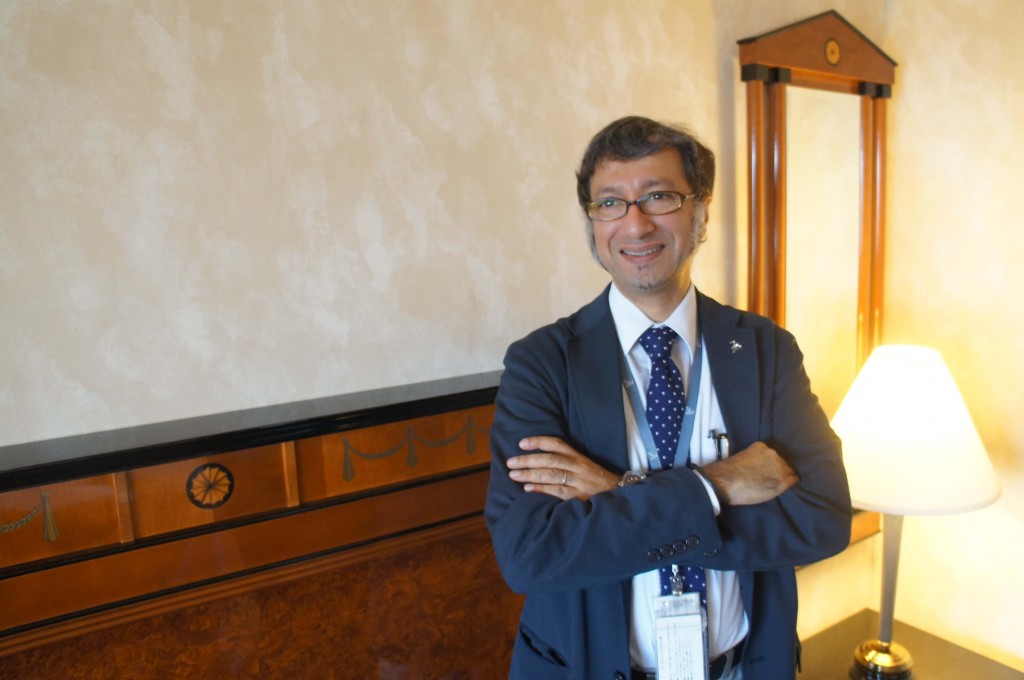
Any message for those junior designers or design students?
First brush up your analog skill while you are in school. Once you graduate, no time for sketch skill up. Secondly digital software is not expensive anymore, so you can learn them as well. More importantly, I would say do not focus only car design. Go to museum, look at architecture, and look at other people’s work. You would be more sensitive by looking at arts, paintings, and discover things which you didn’t see before. It’s like sometimes impressionist artist paints with strong individual dots of color to form an image, suppose the color of orange is used which you find from far distance, but if you come closer you find both red and yellow are used instead of using orange. Have interest on various objectives, sculpture, architecture, arts, history, and /or anything
From a car design to Design Solution in Dassault Systems
Dutta san has shifted his career in 2013. Left Tata Elxsi Japan to Dassault Systems, which is a European software company that specializes in the production of 3D design software, 3D digital mock-up and product lifecycle management (PLM) solutions.
What he does at Dassault Systems is Design Solutions. He is a Senior Sales Representative of CATIA Japan; CATIA is 3D software of Dassault, famous for Computer Aided Design, called CAD.
He said that although he cannot give any one the name of his clients, they are not only car makers, but also include Consumer Electronics, Aerospace, Design Packaging Company, Cosmetics, on and on. What he does now is bridging between client designers and people in the Headquarter, programmer, or solution specialist.
He gave me a simple example. When customer design Label for Wine Bottle, the 3D needs to show you the difference of texture, paper, and design (size, position, colors, and design itself). How does it look like? Simulating in 3D to express all these information so that it can look real. After all, client need to be convinced before they buy the solution. Clients get convinced only when they see value in it. This is a big part of his job.
End Note
On the day we interviewed Dutta san, Dassault Systems Japan had a big presentation event at Westin Hotel in Tokyo. It was a full day program and so many clients were participating. I should say more than 1,000 people were on the event. That is the world of something I have never imagined. And, Dutta san was very busy talking to many people.
Isn’t this great? Dutta san, Indian Passport holders, has a background of car design for more than 20 years, now working in global 3D digital software company in Tokyo to liaison between Japanese designers and French headquarters’ solution provider. I think this is a very natural evolution for him, as he has the design basic which he earned during his car design days. So start from car designing to design consultant, and now providing design solution. And enabled for him to perform as a professional in this new digital 3D business world.
Not everyone can continue car designer job. It is a realty. What Dutta-san has demonstrated is a proof that car designing skill would be able to give value added quality.



